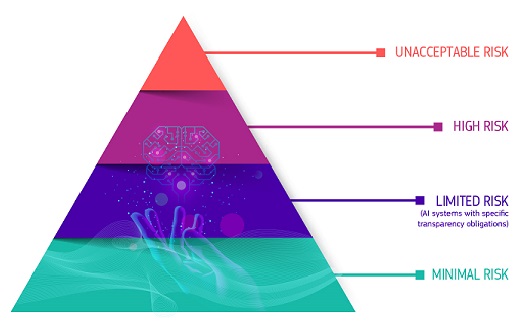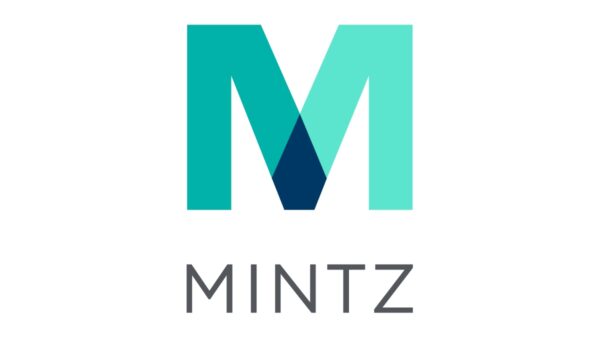The rise of agentic AI marks a significant evolution in enterprise operations, enabling organizations to address the increasingly complex challenges they face. With the ability to understand customer intent and emotion, provide continuous support, and analyze multifaceted supply chain decisions in real-time, agentic AI is redefining productivity and operational efficiency. Notably, IBM has implemented agentic AI across various workflows for its 270,000 employees, achieving an estimated productivity impact of USD 4.5 billion.
Key Features
Agentic AI is designed to streamline and enhance various operational functions within enterprises, including HR, procurement, sales, finance, and IT. Its core features include:
– **Real-Time Decision Making**: Agentic AI enables accurate and timely decision-making by analyzing vast amounts of data from diverse sources.
– **Reduction of Manual Work**: By automating routine tasks, it allows employees to focus on more value-driven work, thus enhancing overall productivity.
– **Data Unification**: Agentic AI consolidates data from various platforms such as financial records, digital collaboration tools, and customer relationship management (CRM) systems, reducing redundancies and improving business-level forecasting.
How the Tool Works
At a high level, agentic AI functions as an autonomous digital worker, capable of performing complex tasks across different departments. By integrating with existing enterprise systems, it retrieves and processes information in real-time, allowing it to make informed decisions without direct human intervention. The tool also employs advanced algorithms to analyze data, predict trends, and provide actionable insights, which are crucial for strategic planning and operational efficiency.
Use Cases and Who It’s For
Agentic AI serves a wide range of applications in modern enterprises. It is particularly beneficial for:
– **Customer Support Teams**: By understanding customer emotions and intent, it can facilitate better responses to inquiries, leading to enhanced customer satisfaction.
– **Supply Chain Management**: Its ability to analyze complex variables in real-time helps organizations make informed decisions that optimize supply chain operations.
– **HR Management**: With projections from Forrester indicating that the top five human resources management platforms will incorporate digital employee management capabilities within the next year, businesses can expect more streamlined HR processes.
Overall, any organization looking to improve efficiency and reduce manual workload can benefit significantly from adopting agentic AI technologies.
Limitations or Risks
While the advantages of agentic AI are significant, it is essential to consider potential limitations. The complexity of integrating such technology into existing workflows may pose challenges. Additionally, the reliance on automated systems can raise concerns about accuracy and the potential for errors in decision-making, particularly in high-stakes environments.
Industry Context
The shift towards agentic AI is indicative of broader trends in the AI landscape. According to Gartner, it is predicted that 60% of IT operations will incorporate AI agents by 2028. This transition reflects an increasing reliance on AI to enhance productivity, automate tasks, and improve decision-making across various sectors. As enterprises strive to adapt to a fast-evolving digital landscape, integrating agentic AI into their operations is becoming not just beneficial but necessary for maintaining competitive advantage.
 Mixboard Launches Nano Banana Pro Integration, Reducing Creative Workflow Disruptions by 23%
Mixboard Launches Nano Banana Pro Integration, Reducing Creative Workflow Disruptions by 23% Artificial Intelligence Association of India Launches to Drive Ethical AI Growth
Artificial Intelligence Association of India Launches to Drive Ethical AI Growth PHP Developers Embrace Rubix ML and PHP-ML for 2025’s Machine Learning Needs
PHP Developers Embrace Rubix ML and PHP-ML for 2025’s Machine Learning Needs Mate Health Launches MateIQ AI Tool to Simplify At-Home Semen Analysis for Men
Mate Health Launches MateIQ AI Tool to Simplify At-Home Semen Analysis for Men







































































